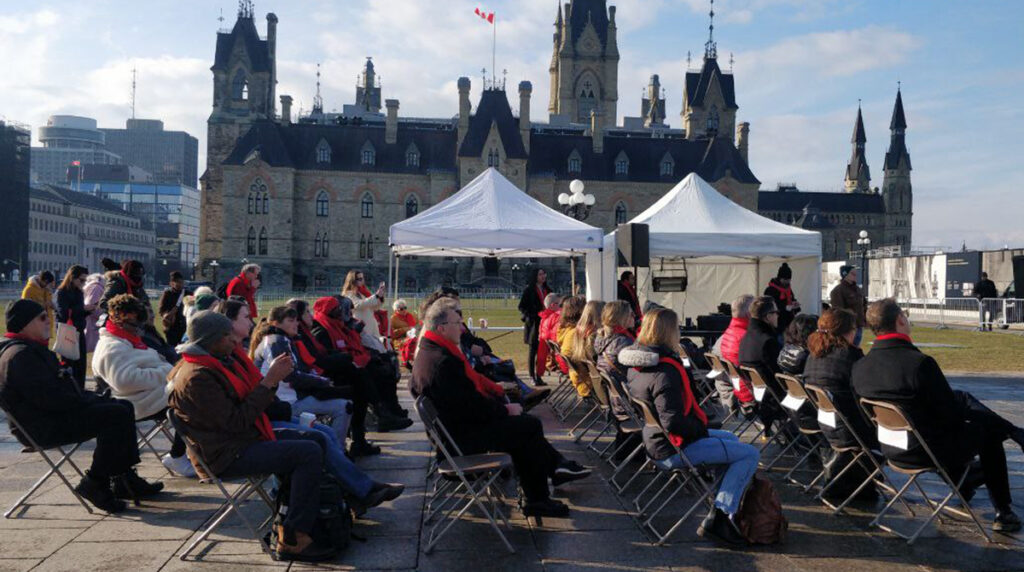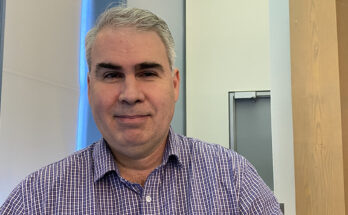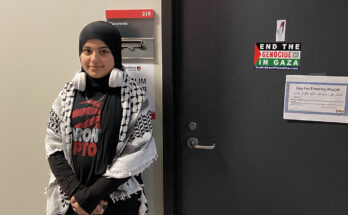Amid a sea of brightly coloured scarves to mark World AIDS Day, Canada’s chief public health officer escalated calls for an end to AIDS by 2030, a goal that health advocates say is hindered by access to testing, growing social problems and ongoing stigmatization.
However, Theresa Tam said that 2030 elimination is within reach.
“I really think we can do it if we all tried really hard together,” she told about 100 advocates and other spectators gathered on Parliament Hill for the raising of the flag bearing the symbolic red ribbon.
Last summer, the UNAIDS organization released a report detailing a vision to end AIDS by 2030. The theme of this year’s World AIDS Day, ‘Let Communities Lead’, is a centrepiece of the proposed goal.
“If we want to really eradicate HIV from the planet, it is not alone that we will be able to do this, but in collaboration and in partnership.”
Raphael Herbert, ViiV Healthcare
To reach the UNAIDS proposed 2030 target, Canada must improve the diagnosis rate of people with HIV-AIDS, said Khalid Salam, executive director of the AIDS Committee of Ottawa. More than 63,000 people in Canada are living with HIV and an estimated 11 per cent of people with the virus are undiagnosed.
Salam outlined multiple solutions to continue working to eradicate AIDS, which include tackling social determinants of health such as the housing crisis, food insecurity and unemployment. These policy changes must be accompanied by destigmatization and increasing access to medication, treatments and testing, he said.
Letting communities “continue” to lead is critical, said Patrick O’Byrne, a nurse practitioner at an Ottawa Public Health clinic. “Communities have always been at the forefront”, he explained.
“They started the fight against stigma. They demanded that governments start research and provide treatment. They invented harm reduction,” he said.

In terms of meeting UNAIDS 2030 goal, Mayor Mark Sutcliffe said that the city of Ottawa is here to provide support.
“We’re certainly here to listen and understand what we might be able to do to help,” he said. “We work with community groups like the AIDS Committee to make sure that we’re doing everything we can.”
The annual World AIDS Day ceremony, organized by the AIDS Committee of Ottawa, consisted of a mixture of performances and presentations to mark the day and the beginning of Indigenous AIDS Awareness Week.
“World AIDS Day first and foremost, is about honouring the millions of lives who have lost over the last four decades and standing in solidarity with people living with HIV AIDS,” said Salam. “It is also a time for reflection on what we have achieved with regards to the local, national and global response to HIV AIDS, and a time to recommit to what we must still achieve to eradicate HIV AIDS.”
The flag raising ceremony not only raises awareness about AIDS, but also showcases community solidarity with those living with HIV-AIDS. Margaret Kisikaw Piyesis, the CEO of CAAN, said that annual day is a show of support for the end of stigmatization, ignorance and discrimination of those with HIV-AIDS.
Raphael Herbert, a representative from ViiV healthcare, which focuses on HIV-AIDS, agrees. “If we want to really eradicate HIV from the planet, it is not alone that we will be able to do this, but in collaboration and in partnership.”





An amazing reportage, thank you